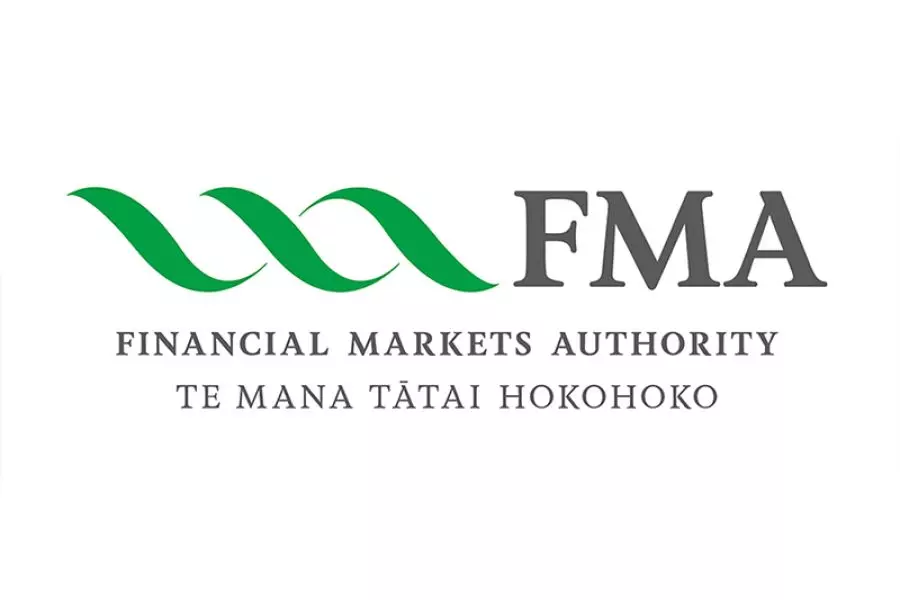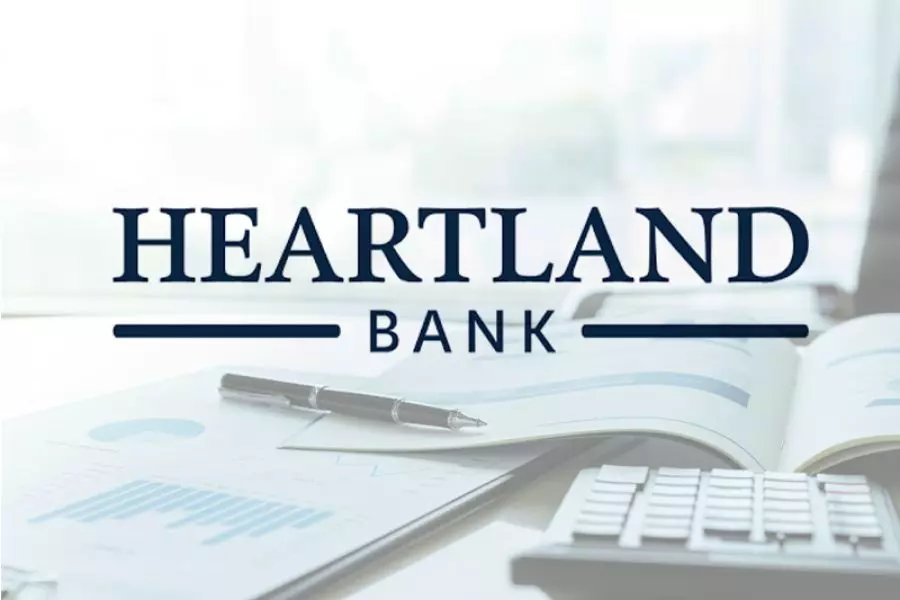News
The Low Down on Lo–Doc
Sunday 4th of July 2004
Lo-doc lending covers a range of different product styles and is delivered by several lenders. The range of lo-doc products has meant that the distinction between lo-doc and non-conforming has become blurred, and despite important differences, some commentators are using the terms interchangeably.
Lo-doc products can be defined broadly as loans delivered by lending institutions (tradi...
Want to read the full article?
Click the button below to subscribe and will have unlimited access to full article and all other articles on the site.









![[The Wrap] Bye Bye Bayly](https://goodreturns.publit.io/file/c_fill,w_900,h_600/39f23ac1-f7c7-4854-b700-a150004ebbac.webp)